Have you ever looked at your trusty old plastic cutting board, only to find it stained and smelling like last week’s garlic?
Before you throw it away and buy a new one, let me share a nifty trick to bring your cutting board back to life - lemon! 🍋
You see, lemon is not only a fantastic natural disinfectant and deodorizer, but it’s also food safe and non-toxic. Perfect for cleaning your plastic cutting board, right?
So, let’s dive into how you can give your cutting board some much-needed TLC with this citrusy superhero.
Heads up: I sometimes use affiliate links. When you click these links and make a purchase, I may get a small commission. It won’t cost you anything but it helps me to run this site.
Why put lemons to work on your plastic cutting board?
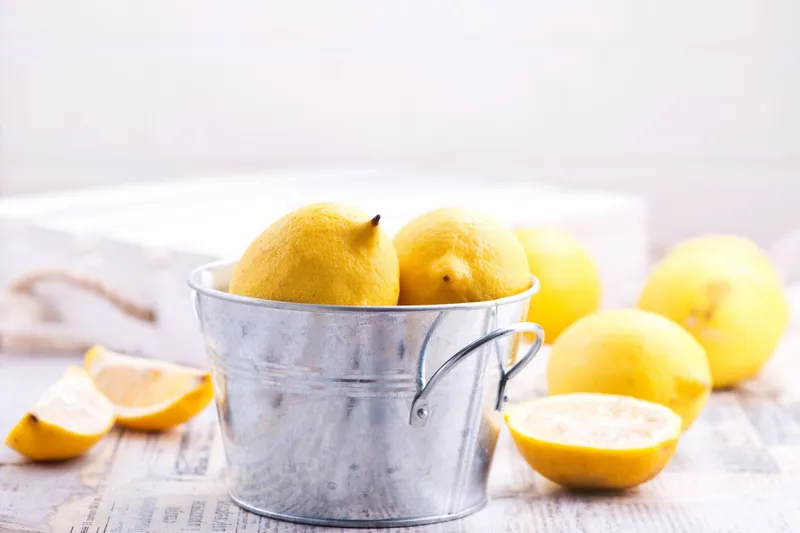
You might be wondering why lemon juice is the go-to for cleaning a plastic cutting board. Well, here are a few compelling reasons:
- Lemon juice kicks bacteria’s butt. Its high acidity levels make it a natural disinfectant, ideal for tackling those pesky bacteria hiding on your cutting board.
- Lemon juice plays well with food. Unlike harsh chemical cleaners, lemon juice is food-safe and won’t leave any nasty residue behind.
- Lemon juice freshens up the place. It’s an effective deodorizer that’ll help banish any unpleasant odors lingering on your cutting board.
Step-by-step guide to cleaning a plastic cutting board with lemon juice
Ready to give your plastic cutting board a lemony-fresh makeover? Here’s how:
- Rinse. Start by rinsing your cutting board with warm water to wash away any loose debris or food particles.
- Squeeze that lemon. Cut a lemon in half and give it a good squeeze, making sure to cover your cutting board with its juice.
- Scrub. Grab a scrub brush or sponge and work the lemon juice into the cutting board. Focus on any stained or smelly spots.
- Patience is a virtue. Allow the lemon juice to hang out on your cutting board for at least 10 minutes, giving it time to work its citrusy sorcery on those pesky stains and odors.
- Rinse again. Use hot water to rinse away the lemon juice and any debris it’s broken down.
- Dry and admire. Dry your cutting board with a clean towel or let it air dry. Voilà! Your cutting board is now clean, stain-free, and smelling fresh.
For those stubborn stains that refuse to budge, you can repeat the process or use a paste made from baking soda and water to show them who’s boss.
Read this next:
Alternative methods for cleaning a plastic cutting board
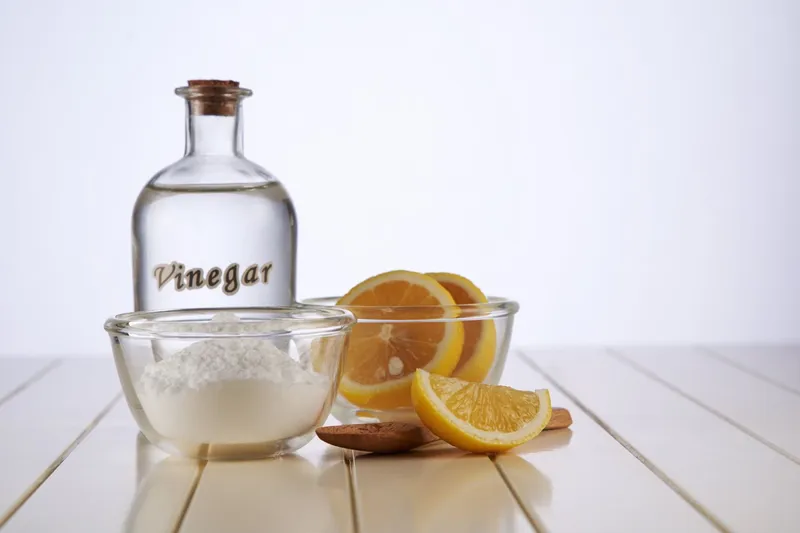
If life hasn’t given you enough lemons, there are other ways to clean your plastic cutting board:
- Vinegar and baking soda. Mix equal parts of vinegar and baking soda to form a paste. Apply it to the cutting board with a sponge or cloth, then rinse with water.
- Hydrogen peroxide. Pour hydrogen peroxide onto the cutting board, wait a few minutes, then rinse with water and dry.
- Dish soap and water. Lather up your cutting board with hot, soapy water and a sponge or brush, then rinse and dry.
While these methods work, they may not be as natural or eco-friendly as using lemon. Plus, some of them might leave a residue or odor on the cutting board, so be sure to rinse thoroughly with water after cleaning.
Tips for maintaining a clean plastic cutting board
To keep your food safe and avoid any sneaky cross-contamination, it’s essential to keep your trusty plastic cutting board in pristine condition.
Here are a few tips to help you maintain a clean plastic cutting board:
- Wash your cutting board after every use. Give your cutting board a warm, soapy bath after each use. This will help remove any food particles and bacteria that may be lurking.
- Lemon to the rescue. Got some stubborn stains? Use lemon! Cut a lemon in half and rub it over the stains. Let it sit for a few minutes before rinsing it off with water.
- Be gentle. Avoid abrasive cleaners or scrubbers, as they can damage the surface of your plastic cutting board, creating grooves where bacteria can hide.
- Know when to say goodbye. If your cutting board is heavily stained or has deep grooves, it’s time to replace it. A damaged cutting board can harbor bacteria and increase the risk of foodborne illness.
Wrapping up
Cleaning your plastic cutting board with lemon is an easy and effective way to keep it looking and smelling fabulous. The natural acidity of lemon juice breaks down stubborn stains and odors, leaving your cutting board clean and sanitized.
Don’t forget to give your cutting board a good rinse with warm water after you’ve cleaned it with lemon, and be sure to dry it completely using a clean towel or paper towel. This helps keep any pesky bacteria from setting up shop on the board’s surface.
Keep in mind, though, that while lemon is an amazing natural cleaner, it might not tackle every type of bacteria out there.
When handling raw meat or poultry, it’s a smart move to use a separate cutting board, just to play it safe and dodge any cross-contamination issues.
So there you have it - using lemon to clean your plastic cutting board is a simple, affordable, and eco-friendly solution that can help extend its life. Give it a try and see the difference for yourself! Happy cleaning! 🍋




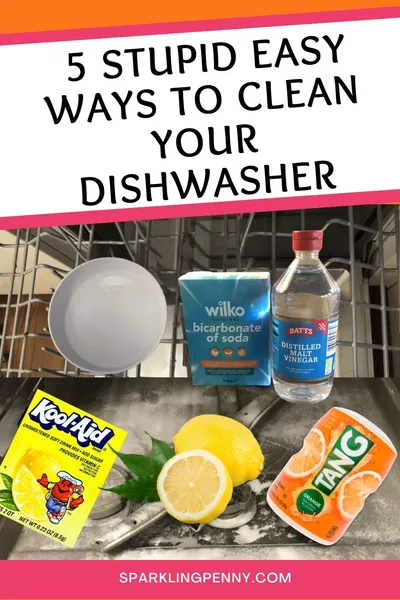
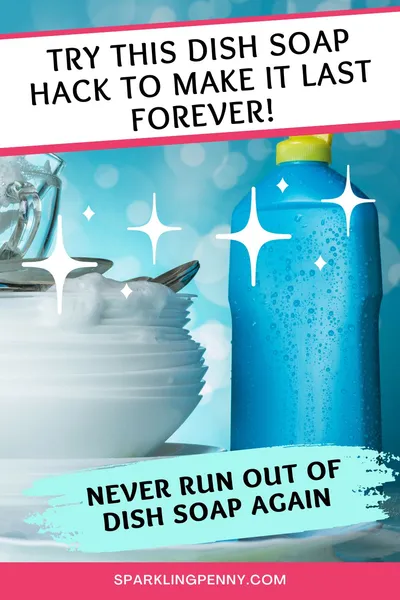
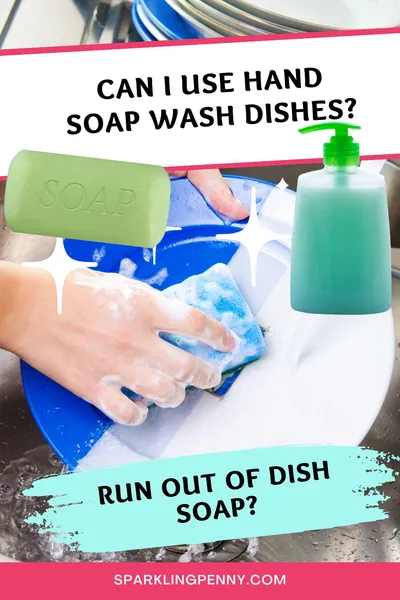
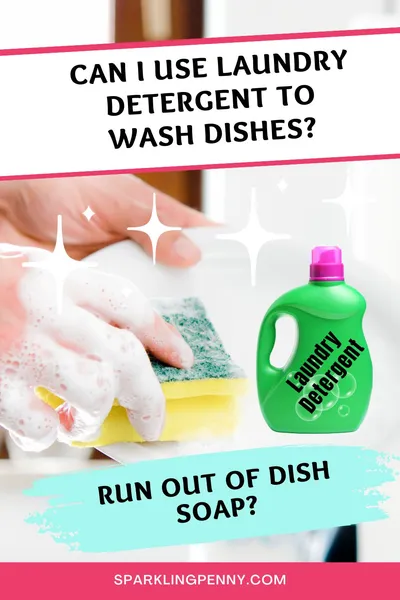

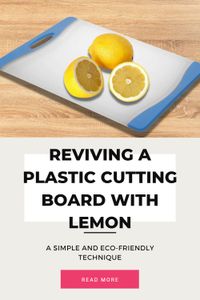
Share your thoughts
Your email address will not be published. Required fields are marked *